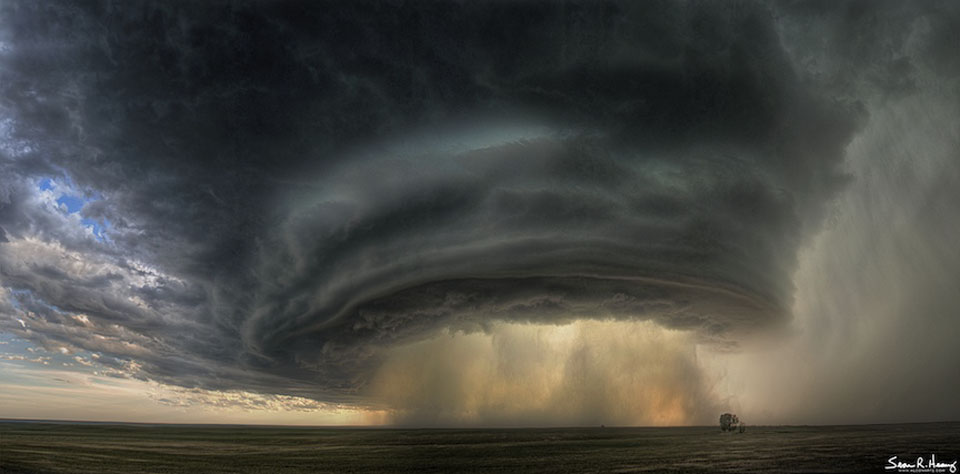Significado:
Muito antigo.
Origem:
A cachucha era uma dança espanhola a três tempos, em que o dançarino, ao som das castanholas,
começava a dança num movimento moderado, que ia acelerando, até terminar num vivo volteio.
Esta dança
teve uma certa voga em França, quando uma célebre dançarina, Fanny Elssler, a dançou na Ópera de Paris.
Em
Portugal, a popular cantiga Maria Cachucha (ao som da qual, no séc. XIX, era usual as pessoas do povo
dançarem) era uma adaptação da cachucha espanhola, com uma letra bastante gracejadora, zombeteira.






